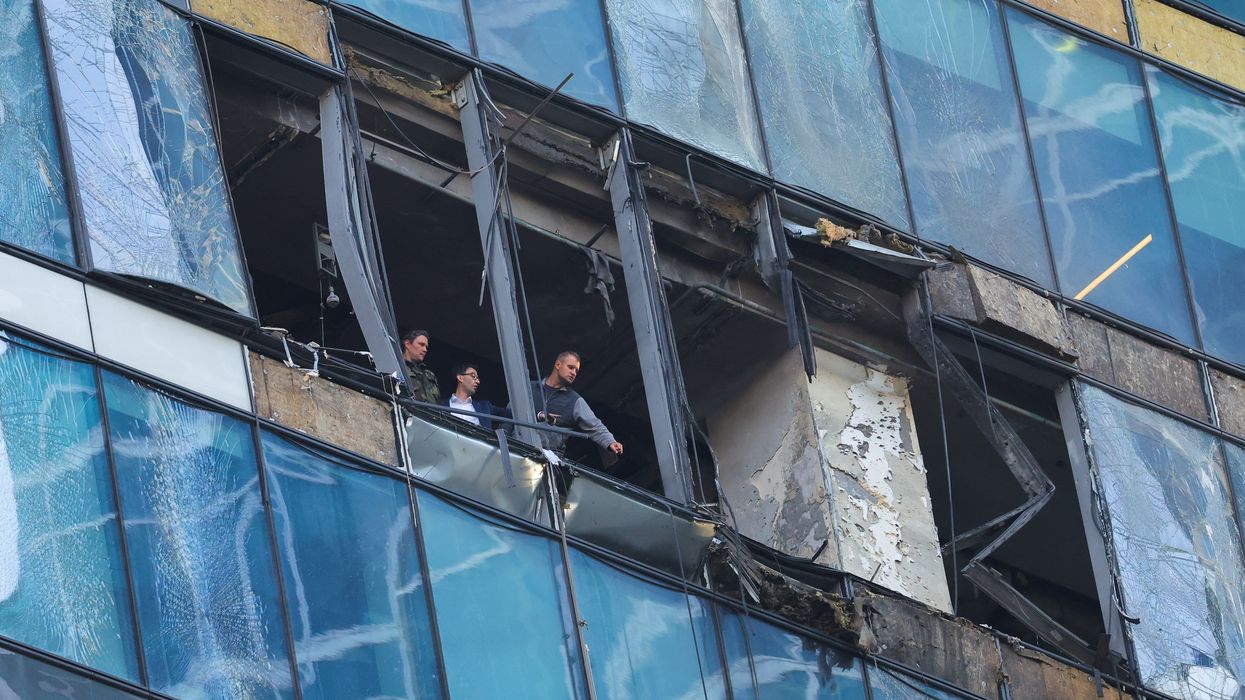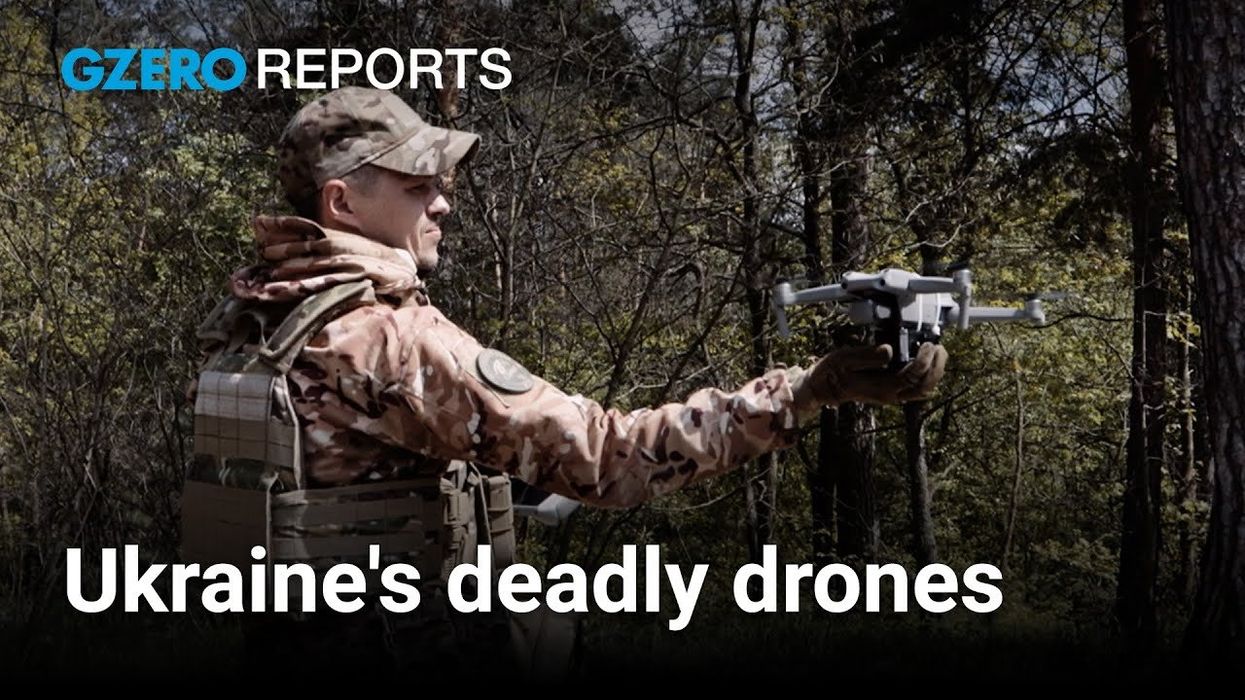Hard Numbers
Hard Numbers: Moscow swarmed with Ukrainian drones, 9/11 first responder deaths rise, Argentinians head to the bank, Australia eyes age restrictions for social media
144: Ukraine swarmed Moscow on Tuesday with its biggest-ever drone attack. Russia said it had destroyed at least 20 Ukrainian attack drones as they swarmed over the country's capital and 124 more over eight other regions.
Sep 10, 2024


